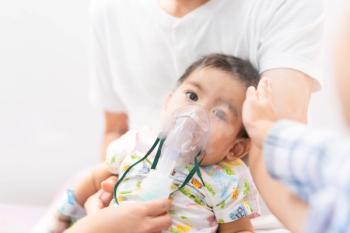
Influence of breastfeeding on early-in-life infections
Breastfeeding has a number of positive influences on a child. Is reducing infections one them?
Breastfeeding has been linked to many positive influences for the infant. The impact of breastfeeding and infections that occur after the first year of life have been studied, but the results have been mixed. An
The researchers used the Odense Child Cohort. They utilized text message questionnaires to ask questions about breastfeeding and symptoms of infection. Parents received questions about breastfeeding every week until their child was weaned and the questions about infection symptoms were received biweekly when their child was aged 12 to 36 months. The Danish National Patient Registry was used to find the hospitalization data.
There were 1087 mother-child pairs invited to take part in the study and 815 were included. In this cohort, the median duration of any breastfeeding was 7.6 months (interquartile range: 3.5–10.4). Exclusive breastfeeding duration was 2.1 months (interquartile range: 0.7–4.4). Within the first 3 years of life, hospitalization as a result of infection occurred in 207 infants. The researchers found that the adjusted incidence rate ratio (IRR) for hospitalization because of infection decreased with longer duration of any breastfeeding adjusted (IRR: 0.96; 95% CI 0.93–0.99; P < .001). The strongest links between any breastfeeding duration and hospitalization because of infection were found for lower respiratory tract infections, other infections, and within the first year of life (P ≤ .05). Among children who had been exclusively breastfed, the adjust IRR for hospitalization was 0.88 (95% CI: 0.80–0.96; P = .006). The researchers also found that there were no protective links between breastfeeding and infection symptoms in the home for ages 12 to 36 months.
The investigators concluded that increasing the duration of breastfeeding could help protect infants from hospitalization due to an infection in the first year of life. Exclusive breastfeeding was particularly helpful with this. However, breastfeeding appears to have no effect on hospitalization or symptoms of infection in the home after the first year.
Reference
1. Christensen N, Bruun S, Søndergaard J. Breastfeeding and infections in early childhood: a cohort study. Pediatrics. October 23, 2020. Epub ahead of print. doi:10.1542/peds.2019-1892
Newsletter
Access practical, evidence-based guidance to support better care for our youngest patients. Join our email list for the latest clinical updates.










